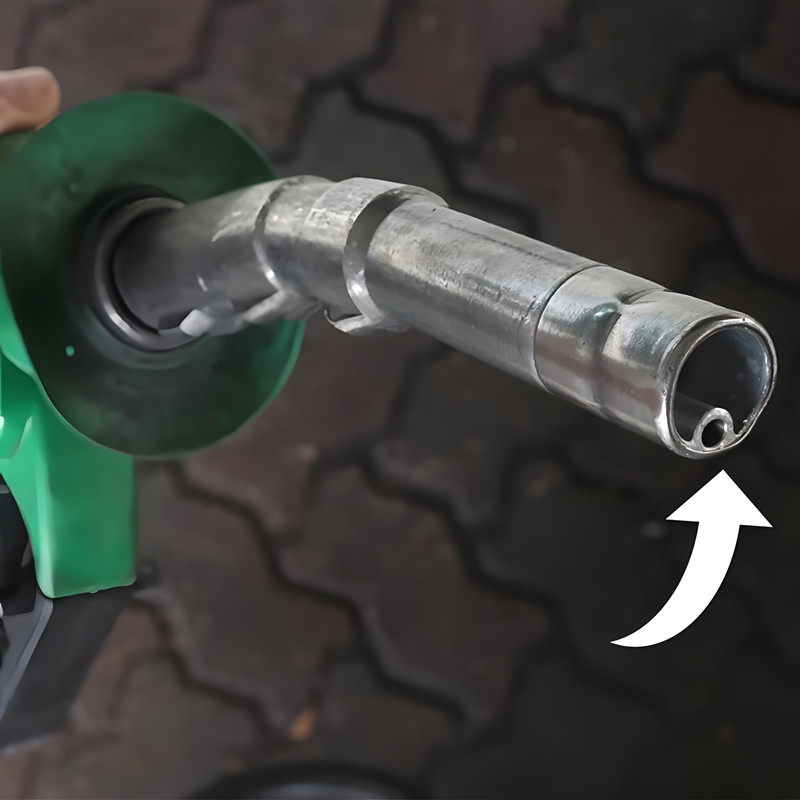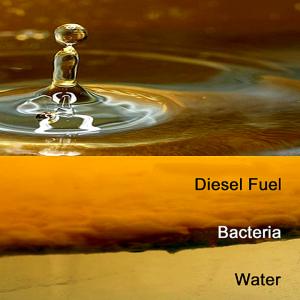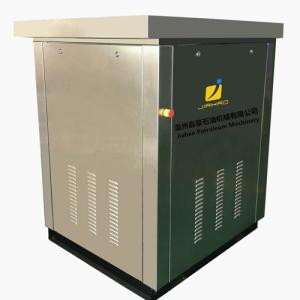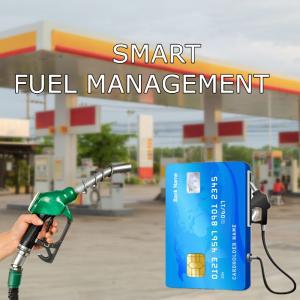Why does my fuel nozzle keep shut off?
Why does my Fuel nozzle keep shut off?
It can be really frustrating when your Fuel nozzle keeps shutting off unexpectedly, especially when you're just trying to fill up. Rest assured, this behavior usually points to your fuel nozzle's auto shut-off mechanism doing exactly what it's designed to do – prevent spills and overfilling. These advanced features are standard in modern fueling equipment at gas stations, acting as a crucial safety measure. Let's explore why this happens and how you can get back to a smooth fueling experience.
Understanding the Essential Role of Your Fuel Nozzle's Automatic Shut-Off
Modern fuel nozzles, particularly the self-sealing series designed for dispensing light petroleum products like kerosene, gasoline, and diesel, are engineered with an integrated automatic shut-off device. This ingenious design ensures the fueling nozzle closes instantly and autonomously the moment the receiving container is full, effectively eliminating fuel spills and preventing costly, hazardous overflows. It’s an indispensable safety feature and a cornerstone of efficient fueling operations.
Beyond its primary auto shut-off capability, these fuel nozzles often incorporate user-friendly features. Many come equipped with a positioning clip on the handle, allowing operators to select from 2-3 distinct flow rate settings, providing greater control over the dispensing speed. Furthermore, the inlet connection threads can be customized to various industry standards, offering flexibility and convenience for diverse applications and customer needs. The nozzle's body, typically crafted from durable aluminum alloy, isn't just robust; it also boasts excellent electrical conductivity. This critical property facilitates the safe and rapid dissipation of static electricity buildup during fueling, further enhancing safety by mitigating the risk of sparks.
This combination of automatic shut-off technology, adjustable flow rates, and robust, conductive materials underscores the sophisticated engineering behind contemporary gas station equipment, all designed to optimize both user experience and operational safety.
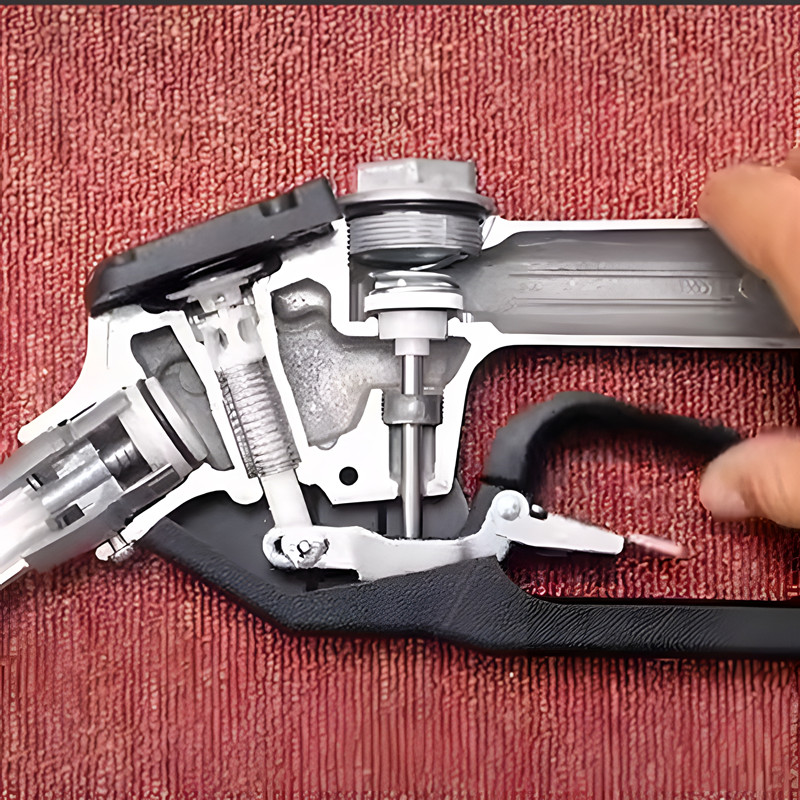
Why Does My Fuel Nozzle Keep Shutting Off? Decoding Common Triggers and Practical Solutions
When your fuel nozzle auto shut-off engages prematurely, it can be puzzling. Here’s an in-depth look at the most frequent culprits and actionable strategies to address them, ensuring your fueling process is as uninterrupted as possible.
1. The Tank Is Full, Or the Nozzle Thinks It Is
This is by far the most common and, frankly, the intended reason for the auto shut-off to activate. Every fuel nozzle with this feature has a small, sensitive vent hole located near its tip. This hole plays a critical role: when it becomes submerged in liquid fuel, or when significant back pressure builds up within the vehicle's fuel tank – indicating it's nearly or completely full – the pressure difference triggers the internal mechanism, halting the fuel flow. This is the core principle behind the nozzle's ability to prevent overfilling and spills.
What to do:
-
Verify Tank Level: First, double-check that your vehicle's fuel tank isn't already full. It might seem obvious, but sometimes a quick visual check can confirm this.
-
Adjust Nozzle Position: Even if the tank isn't completely full, fuel sloshing around or returning up the filler neck can momentarily submerge the sensor hole. Try pulling the nozzle out slightly, repositioning it, or rotating it a few degrees. Finding the "sweet spot" can sometimes allow for continued fueling.
-
Slow Down the Flow: Rapid fueling can sometimes create turbulence or a "splash back" effect, causing fuel to momentarily surge and cover the sensor. Switching to a slower flow setting (if your nozzle has multiple speeds) can often alleviate this.
2. Excessive Fuel Foaming
Certain types of fuel, particularly those with additives, or even simply the speed at which fuel enters your tank, can lead to the creation of excessive foam. This foam, though not liquid fuel, can rise up the filler neck and cover the nozzle's sensing hole, effectively tricking the automatic shut-off into believing the tank is full. This is a prevalent issue that many drivers encounter.
What to do:
-
Reduce Fueling Speed: As mentioned, a slower flow rate can significantly reduce the amount of foam generated. This gives the foam more time to dissipate before it triggers the sensor.
-
Check Your Vehicle's Vent System: Your vehicle's fuel tank has a sophisticated vent system designed to allow air to escape as fuel enters. If this vent system is clogged or malfunctioning, air can't escape freely, leading to increased back pressure and excessive foaming. While not directly a nozzle issue, it directly impacts the nozzle's performance. This often requires professional inspection and maintenance by a mechanic. A clear vent system is paramount for smooth and safe fueling.
3. Obstructions or Kinks in the Fueling System
Any obstruction or kink, either in the fueling hose at the pump or within your vehicle's own fuel filler neck or vent lines, can create abnormal back pressure. This pressure buildup mimics a full tank, causing the
Related News
